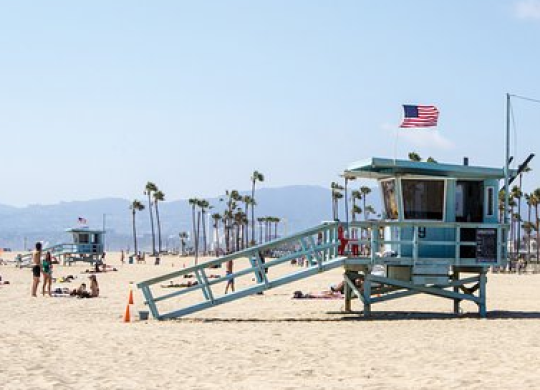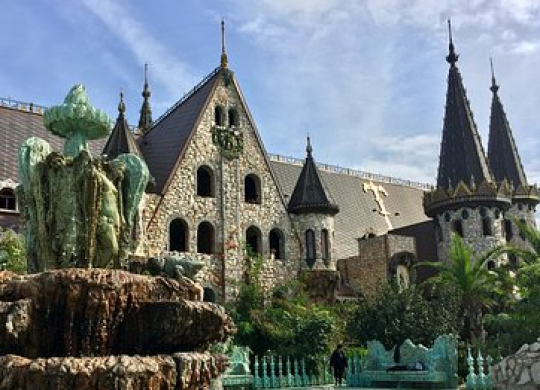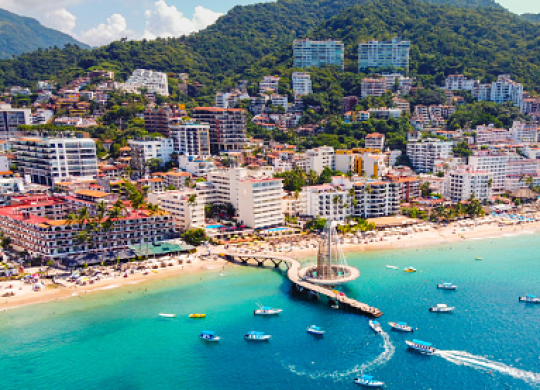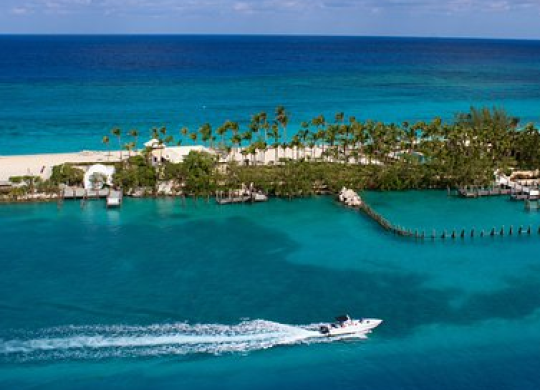The most expensive cities in the world to live in
Table of contents

The ranking of the most expensive places to live changes every year. The cost of living depends on many factors. To make a rating and calculate the cost of living, you need to evaluate the following criteria:
● housing rental prices
● utilities
● products and transport
● average check cafes and restaurants
● purchasing power of residents
Most of the cities in the top 10 rankings are business hubs, where economic growth leads to rising real estate and living prices.
1. Hamilton (Bermuda). The cost of the living index here is 145.98. The standard of living is taken in New York, where this indicator is 100. The currency of New Zealand is the New Zealand dollar (NZD). Exchange rate $1 USD = 1.60 NZD. The average cost of accommodation in Hamilton ranges from NZD 81 in a hostel to NZD 146 in a 3-star hotel. The price per night in a luxury hotel in Hamilton is around 208 NZD. Using public transport in Hamilton costs NZD 2.40 for a one-way ticket. The starting price for a taxi is NZD 3.50 for a 1 km ride to Hamilton.
2. Basel (Switzerland). The Top 20 includes another 5 cities in Switzerland, the most expensive country in all spheres of life. These are Zurich, Zug, Lausanne, Bern, Geneva. The high cost of living is due to the high wealth of citizens. For example, the cost of renting an apartment is on average ⅓ of the cost of the accrued salary, unlike in Moscow, where this amount is almost 100%. Although every 8th citizen of the country lives below the poverty line.
3. Singapore. The currency of Singapore is the Singapore dollar (SGD). Exchange rate $1 USD = 1.40 SGD. The average cost of accommodation in Singapore ranges from SGD 143 in a hostel to SGD 162 in a 3-star hotel. The price per night in a luxury hotel in Singapore is 282 SGD. Public transport in Singapore costs SGD 2.00 for a one-way ticket. The starting price for a taxi is SGD 3.80. Singapore is generally considered to be the country with the most expensive cars, high prices were introduced here not by chance, but to reduce the amount of traffic.
4. Hong Kong (China). It is a crane city that is completely different from the rest of mainland China. It has its own language, currency, economy, and tax system. The currency of Hong Kong is the Hong Kong dollar (HKD). The Hong Kong currency rate is the Hong Kong dollar (HKD). The population of Hong Kong almost reaches 7.5 million people, so the standard of living and prices here fluctuate as much as possible. You can find a small studio apartment near the center for HK$8,000 to HK$12,000 or for HK$4,000 on the outskirts of Hong Kong. Likewise with food, you can spend 100 Hong Kong dollars a day eating in fast food or 400 dollars for a meal in a restaurant.
5. Copenhagen (Denmark). The currency of Denmark is the euro (EUR). A daily apartment in the city center will cost approximately 400 euros per day, and on the outskirts - 150-250 euros. A taxi costs 4 euros per km, so it is better to use a bicycle or public transport, which runs 24 hours a day.
6. Honolulu (USA)
7. Tel Aviv (Israel). The increase in the cost of living is associated with the increase in the shekel exchange rate. The current exchange rate is 1 ILS = 0.29 USD. 35% of the salary goes to pay taxes. The cost of renting a one-room apartment is 2700 - 5500 ILS per month.
8. New York (USA)
9. Osaka (Japan)
10. Los Angeles (USA)
The cost of living in these and other cities in the coming year will also grow at a rapid pace - this will be facilitated by the increase in the price of energy resources, and the cost of utility services and transport costs will increase accordingly. 2022 saw significant growth in the recreation, tobacco, and personal care categories. Do not forget that the cost of living can increase due to very high inflation, for example in the cities of Caracas, Damascus, Buenos Aires, Tehran.
Recommended articles
4 min
Residence permit
2 min
Work


